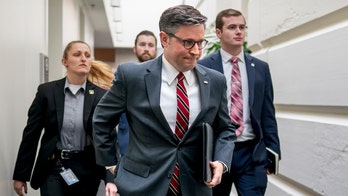WASHINGTON -- The U.S. is expected to direct about 10 of the 19 banks undergoing government stress tests to boost their capital, according to several people familiar with the matter, a move that officials hope will quell fears about the solvency of the financial sector.
The exact number of banks affected remains under discussion. It could include Wells Fargo & Co., Bank of America, Citigroup Inc. and several regional banks. At one point, officials believed as many as 14 banks would need to raise more funds to create a stronger buffer against future losses, these people said, but that number has fallen in recent days.
Representatives from Wells, Bank of America and Citi declined to comment.
The Obama administration announced the stress tests -- a process of examining banks' ability to withstand future losses -- back in February. At the time, the news sparked concern among investors and depositors that the results would be used to shut down or nationalize some of the country's weaker institutions. But Federal Reserve Chairman Ben Bernanke and Treasury Secretary Timothy Geithner assured investors that none of the banks undergoing stress tests would be allowed to fail and that all would have access to government funds if needed.
In fact, the stress-test regimen appears so far to have eased some of the fears that swept through financial markets in February, just as President Franklin D. Roosevelt's bank holiday did in 1933. He shut down the nation's banks for several days during a banking panic and only reopened those the government deemed safe. One possible explanation for the recent, calmer state of affairs: The problems the tests appear to be uncovering aren't as bad as some analysts' worst expectations.
Also, if multiple banks are being directed to boost their capital, that could make the process seem less daunting than if it were singling out a few companies as weak.
In a sign of how much the doomsday scenario has faded, bank stocks surged Monday despite reports that Wells Fargo was identified in an initial review as one of the financial institutions needing a stronger buffer.




